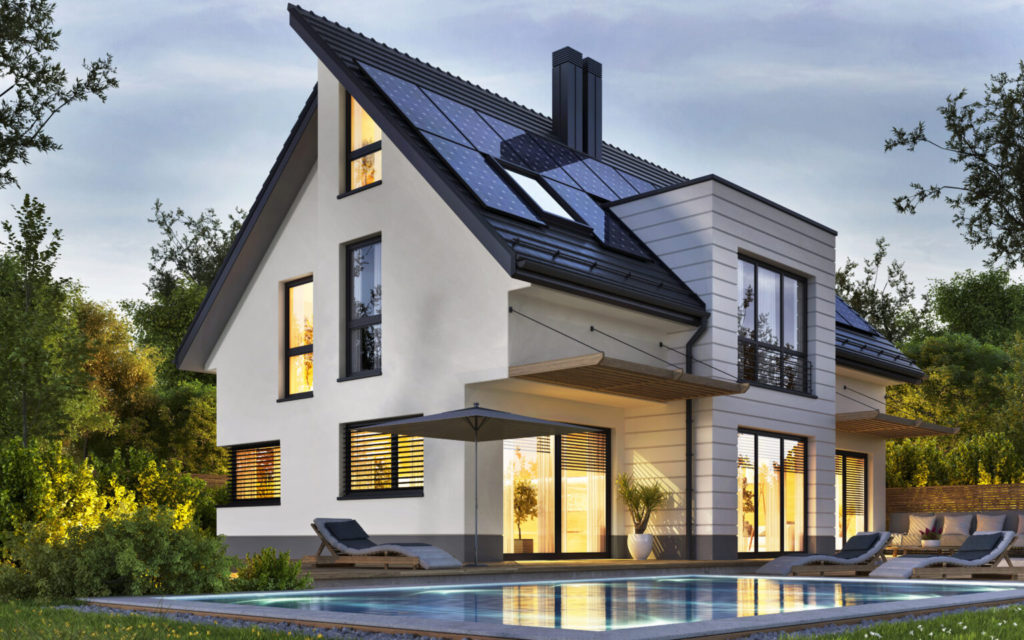
As sustainability has become a much wider discussed topic, there’s a whole host of terms that get thrown around; from Net Zero and carbon emissions, to circular economy.
But what do these phrases actually mean and how do they impact us? Today, we’re looking at the widely used term Eco-Design…
Put simply, Eco-Design is an approach to production and delivery, that carefully considers the environmental impact of our actions and analyses how this can be reduced through innovation. At Schneider Electric, we define this as ‘a systematic approach which considers environmental aspects in the design and development process with the aim to reduce adverse environmental impacts throughout the life cycle of a product’.
To achieve this, we need to consider all stages of the life cycle of the product, from the extraction of raw materials to the end-of-life treatment. This helps contribute to a circular economy – where products can be reused, repaired, or recycled, to reduce waste and conserve energy.
The principles of Eco-Design
As a holistic and multi-layered approach to product design, there is a wide variety of ways to implement an Eco-Design philosophy.
Some of the more common examples of how this is incorporated into the products you’re purchasing include:
- Improving Energy Efficiency by focusing on reduced CO2 emissions during the use phase. This is where the majority of a product’s life span takes place, so by adapting our thinking when designing products, we can help to minimise emissions across this time.
- Increasing use of recycled content across our product range and packaging wherever possible and increasing suppliers with low CO2 processes, to improve the environmental quality of the materials we use.
- Analysing and adapting packaging plus logistics flow to reduce the emissions linked to the transportation of parts and products to the stores you’re shopping at.
- Extending the life of products by designing them to be more robust but also to be designed for future services.
How does Eco-Design impact you?
The great thing is that as a consumer, a lot of the thinking has been done for you, and you are likely benefitting from the principles of Eco-Design without even knowing it!
The process of Eco-Design doesn’t focus solely on environmental impact – it also results in product improvements, innovation and fresh ideas.
When choosing products that have been created with Eco-Design in mind, you know that:
- You’re helping to reduce carbon emissions, which plays a crucial role in mitigating the impact of climate change around the world.
- Your product is more likely to last longer, as it will be designed with longevity in mind, meaning less time and money spent replacing products.
- It will be easier to recycle your product when it reaches the end of its life cycle.
Eco-Design & Sustainability
To learn more about Eco-Design, and how they could help you improve the energy efficiency of your building, contact Advanced Control Corp today!
Published with permission from Schneider Electric.

